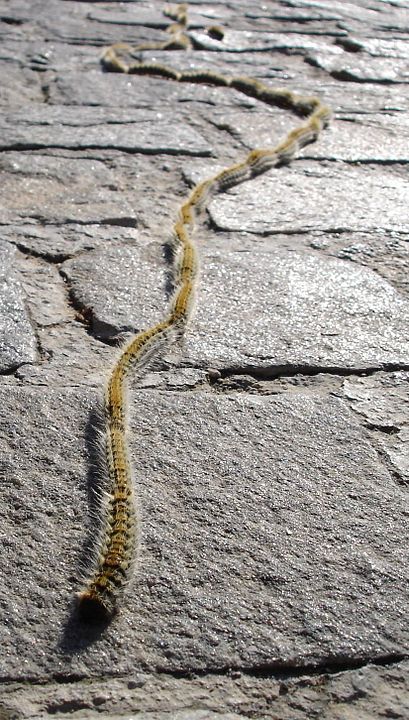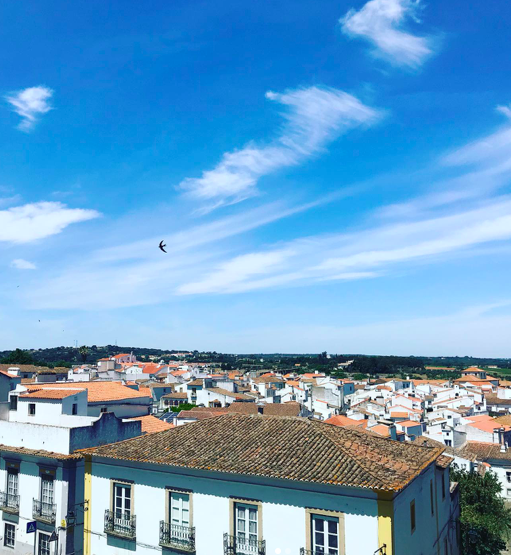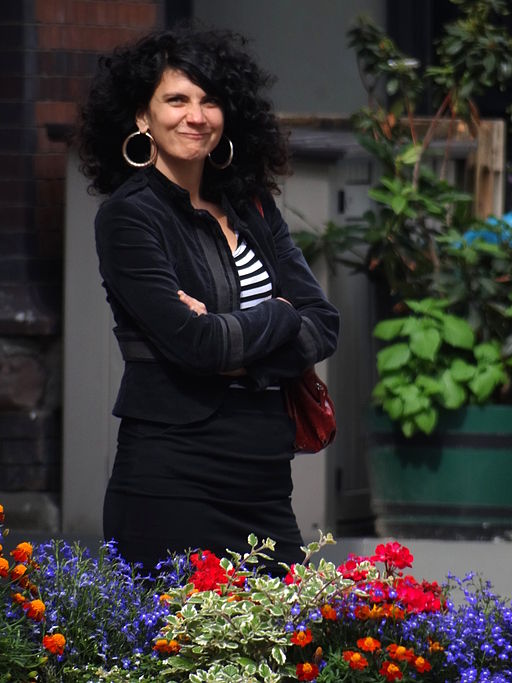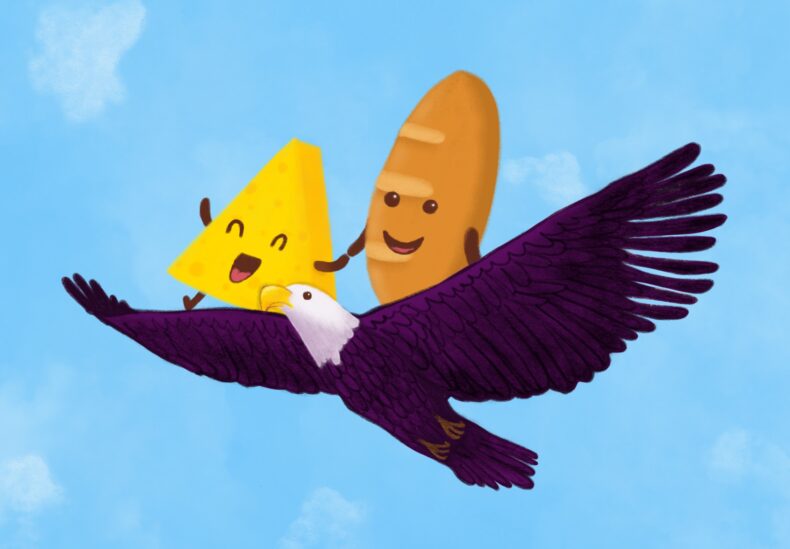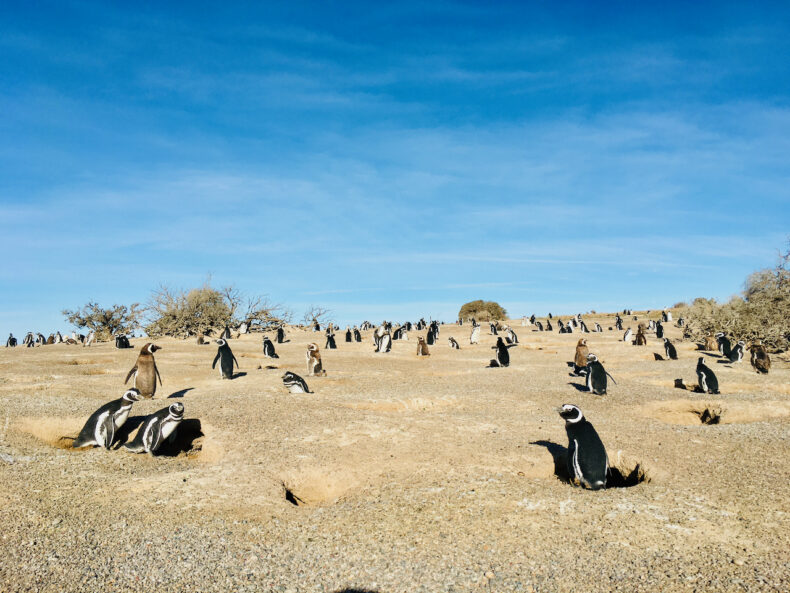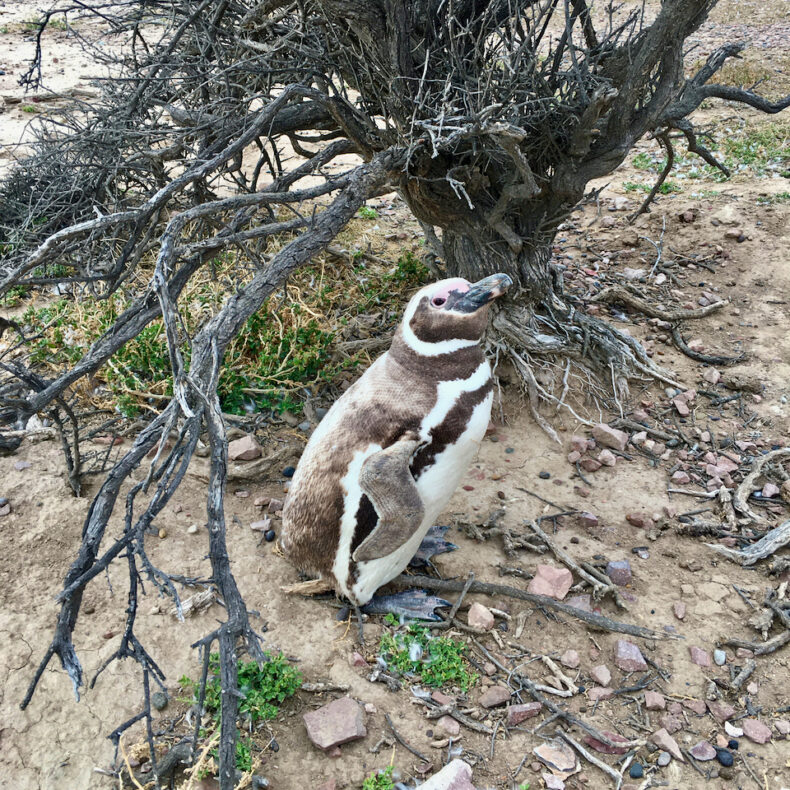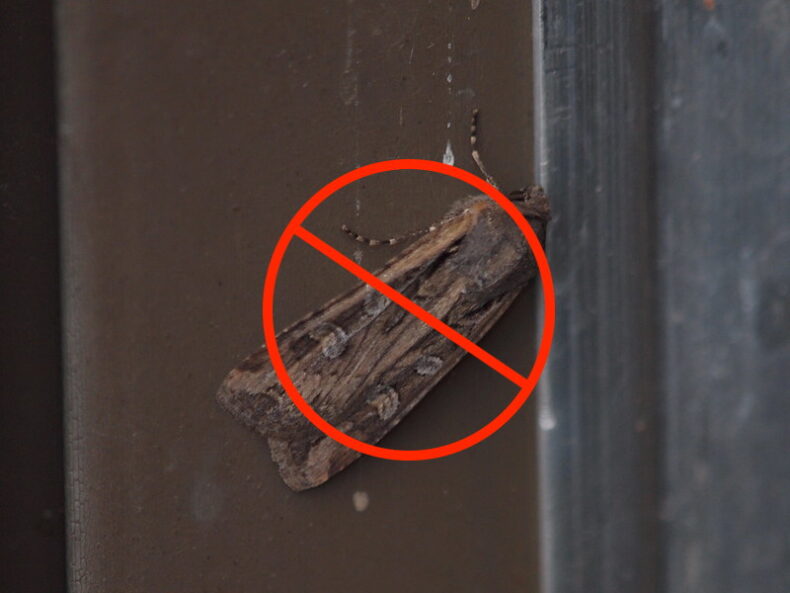Helen, currently hors de combat but returning soon to battle, has been listening for birds forever and ever since she wrote this, October 2, 2019. For all I know, she can now tell sparrows apart, a magisterial accomplishment. -Ed.
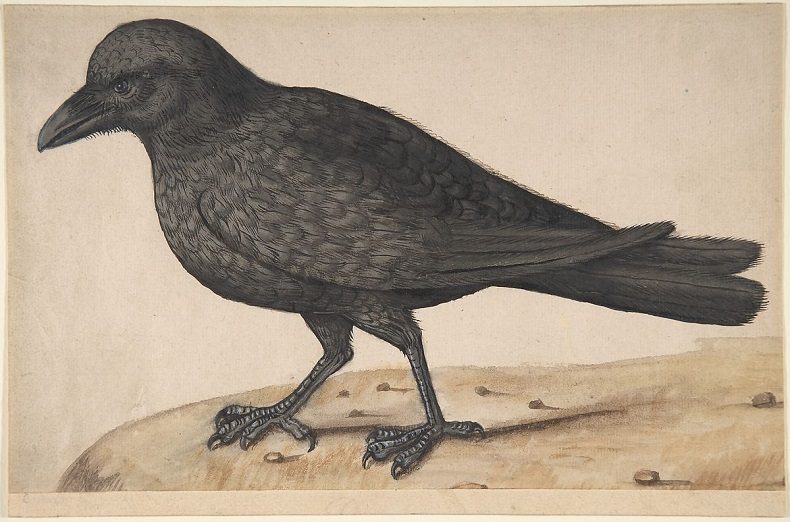
I’ve always been bad at bird songs.
My neighbor corrected me on this on Sunday, as we were walking down the alley behind my building, so here’s a more accurate statement: I’ve never put in the work that is required to be really good at bird songs. To really learn bird songs, I think you have to study, or at least do more than asking someone else what that sound is.
Still, over the last several decades, most of them spent within 10 miles of my desk here in Washington, D.C., I have learned to recognize some of the more distinctive-sounding common birds. The mourning dove with its moans, the mockingbird cycling through its repertoire of snippets, the starling with its whistles and skree-onks.
The ones with good mnemonics stuck in my head, too. The ovenbird, calling “Teacher, Teacher, Teacher!” from deep in the woods. That one bird that sings “drink your teeeea” – I can never remember what it is, but I know enough to Google its command.
On days when I take time to do it, I have a lovely walk to work, and I’ve caught onto some of the common, but less spectacular, calls, too—the cardinal, the house sparrows. One of my most exciting morning commute moments was when I was listening to a mockingbird go through its list—and it switched to its version of the blue jay’s harsh call, and I realized I was identifying two birds at once. (You may not think this is exciting. A supervisor once told me, accurately, that I have a low threshold for fun.)
And there’s the crows. American crows and fish crows both theoretically live around here. They look the same—like crows—but the American crow says “caw!” and the fish crow says “ca-caw!” Based on all the “caw!” sounds, and the fact that I don’t live near any fish, I decided all big black birds were American crows, but I was never really sure if I knew the difference.
This life of paying vague attention to bird sounds has happened alongside a dramatic decline in the number of birds making sounds around me. Last month a paper in the journal Science looked at a bunch of different datasets on bird surveys, did a bunch of modeling, and figured that birds had declined in the U.S. and Canada by 29% since 1970.
A decline this big is hard to get my head around—and depressing, and scary. A decline of almost a third is a massive decline. And it makes me think of another part of the history of North American birds: Once upon a time, there were unfathomable multitudes of passenger pigeons, and then there were fewer, and then there were none.
My neighbor and I were talking about bird sounds on Sunday because we were listening to one. It was loud and squawky. It sounded like a crow, but wrong. I walked down the alley, looking up at the trees, trying to see what was making the sound.
Finally, through a gap in the branches: Big, black. Solidly a crow. But its song was clearly not a “caw.” It was, according to the Cornell bird lab, “short, nasal and quite different-sounding from an American Crow. This call is sometimes doubled-up with an inflection similar to someone saying uh-uh.” That’s exactly what it sounded like – a nasal “uh-uh!” from above.
Yes, it was the fish crow. Which, conservation-wise, is probably doing fine. But a lot of other birds aren’t.
Birds are so ubiquitous. For most Americans, I’m betting the decline has gone unnoticed. I guess this is an example of “shifting baseline syndrome”–a phenomenon conservationists talk about, in which, as ecosystems decline, people forget what things used to be like, or new generations are born thinking that having this many birds is normal.
I have mixed feelings about the talk of shifting baselines. It seems like it has a touch of nostalgia for a past that is never coming back. But here’s the math: There used to be a lot of birds and, while there are still a lot of birds, there are way, way fewer than there used to be. It’s not the kind of trajectory I want to be on, wildlife-wise. So what are we going to do?
Art: A crow from the Met. It’s from 17th century Italy, so I assume it was another species of crow entirely, and who knows what it sounded like.
